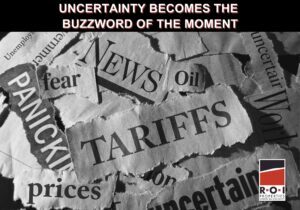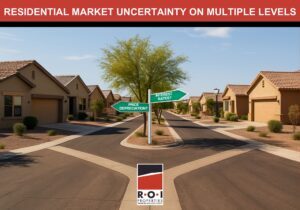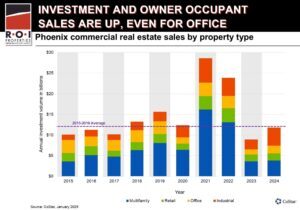During the Great Recession, nonprofits had a tough time with capital campaigns as well as normal donations. In the midst of the COVID-19 pandemic, we are experiencing similar economic challenges, although from a different cause: cancellations and delays of traditional fundraising events amid a soft economic environment. As was the case during 2008–2009, this is an excellent time to take a hard look at underutilized real estate assets, with the potential for nonprofits to deploy them as an alternative fundraising strategy.
The financial impact of COVID-19 on Arizona’s nonprofit community has been widespread and devastating. Nonprofit Quarterly reported that “fundraising and program cancellations as a result of COVID-19 have cost Arizona nonprofits an estimated $53 million in lost revenue (as of June 11)…while 25% of nonprofits indicated that they’ve had to lay off or furlough employees, and 69% report a loss of critical program volunteers.” Read the full article: Nonprofits Struggle to Stay Alive amid COVID-19.
Real Estate Strategies for Nonprofits
Generally speaking, there are three main ways that nonprofits can tap into real estate assets to fulfill client needs. These opportunities include:
- selling under-utilized assets;
- restructuring operations/holdings which may include leasing or sale of real estate; and
- sale-leasebacks, where the non-profit sells the property, but retains possession of the property for a period of time, which enables the non-profit to be able to maximize the value of the property, while retaining occupancy.
In some cases, assets such as a home or land have been given as donations—but all they do is sit on the books and rack up property taxes. Other buildings may not serve the same purpose they once did, or might require expensive renovations to be optimized for use. Now is an excellent time for board members and other nonprofit stakeholders to take an unemotional, objective look at all of their real estate holdings and ask: What is this property worth? Are we fully maximizing the potential for this building, or is there something else we can do with it? How can we best marshal our resources to the benefit of our organization?
At the time of a 2018 survey by the Nonprofit Finance Fund, about three-quarters of nonprofits had cash reserves for six months or less. Although the coronavirus has depleted the coffers of many organizations even further, it is also likely that the hidden value of many real estate assets could serve as a valuable lifeline.
If your nonprofit wants to maximize the value of its real estate assets—and to learn the best options to make that happen—please contact R.O.I. Properties at 602-319-1326 or [email protected].
Additional Articles on Nonprofit Real Estate:
Real Estate for Your Nonprofit: Should You Rent or Buy?
Vetting Real Estate Donations for Your Nonprofit Organization










